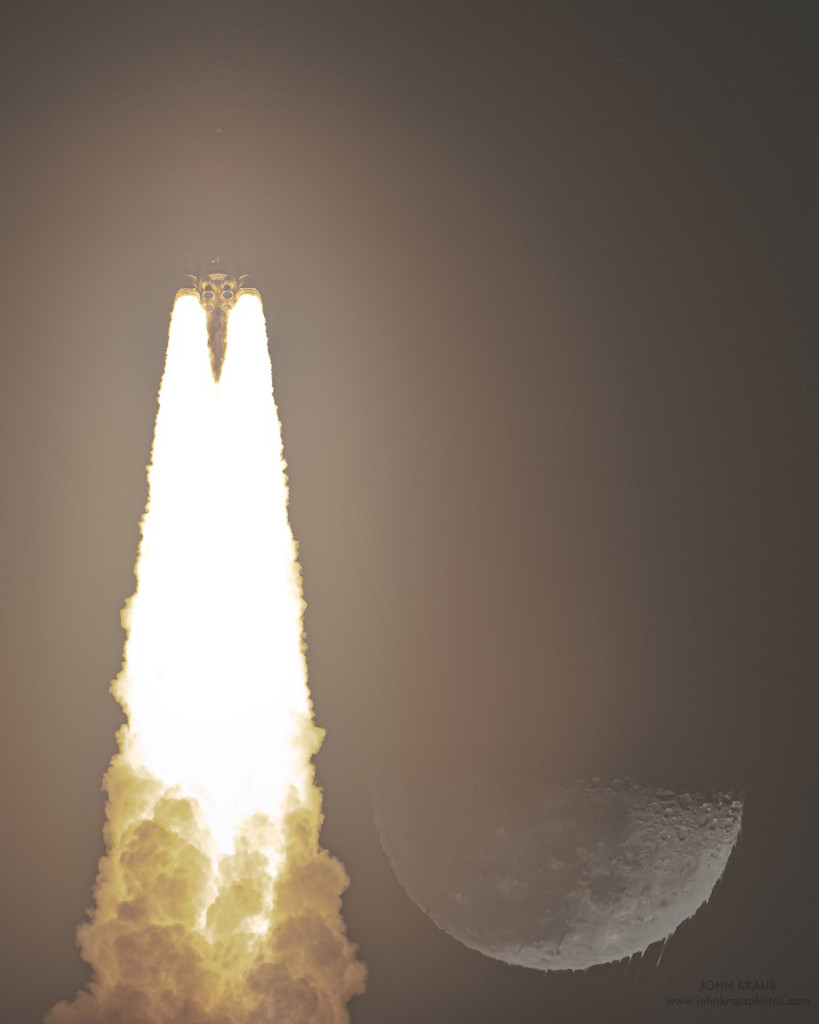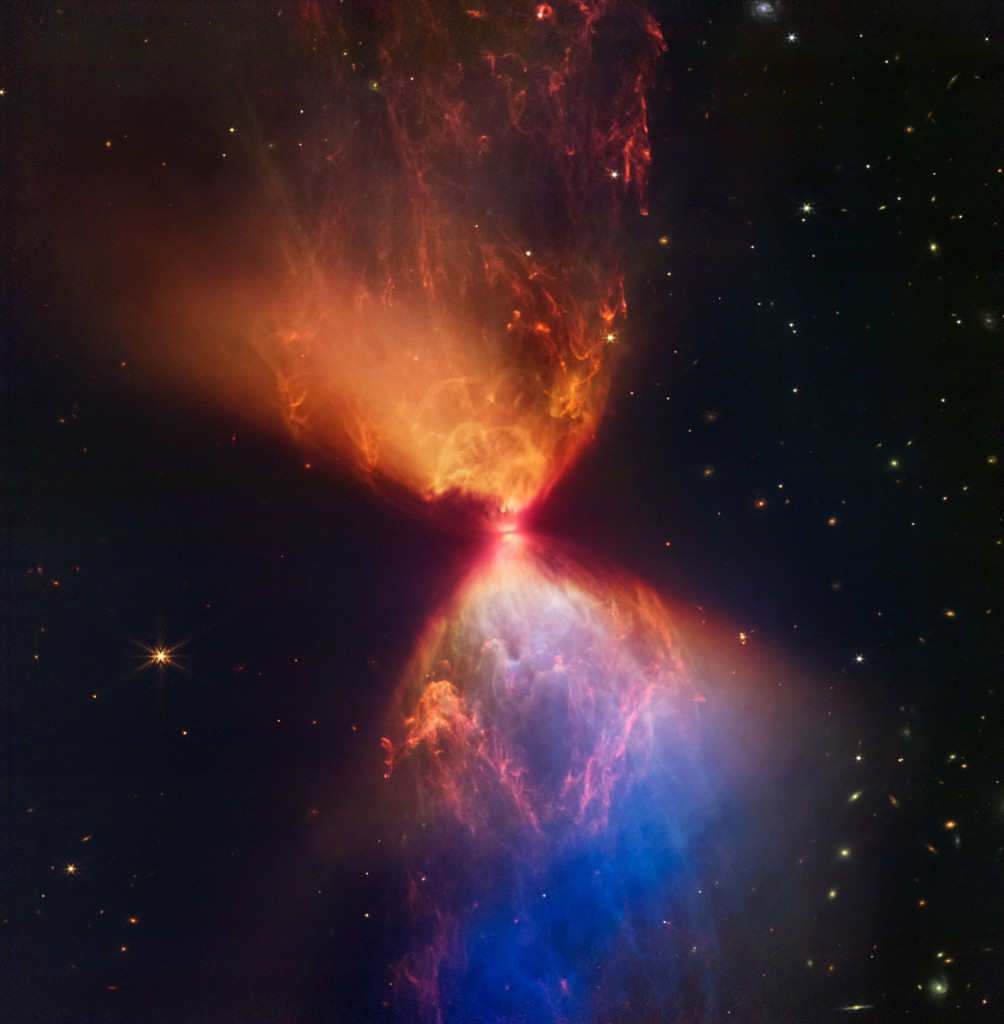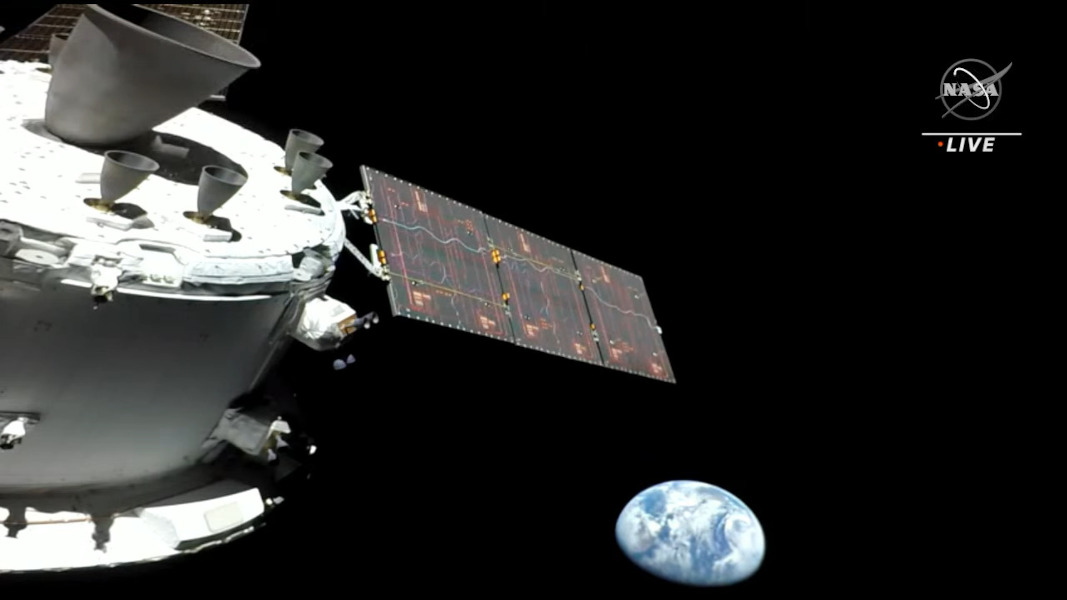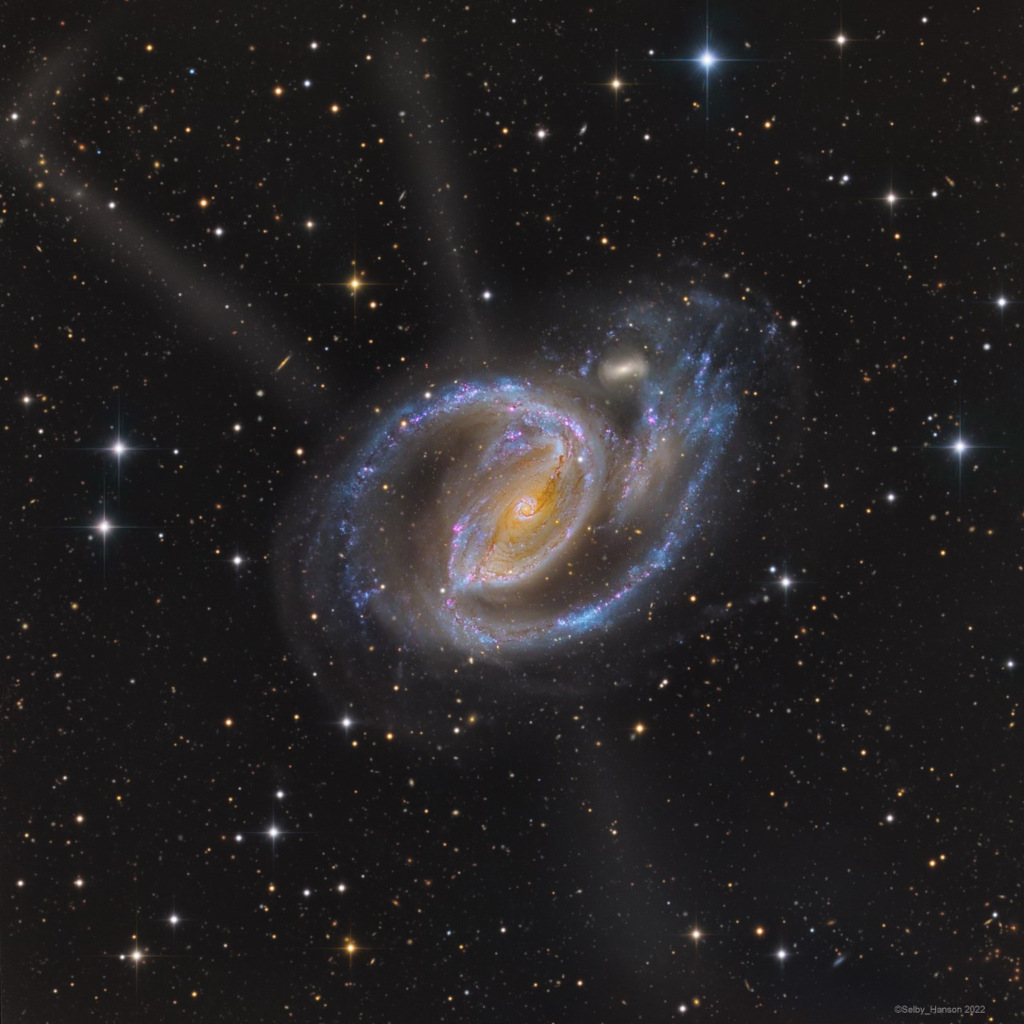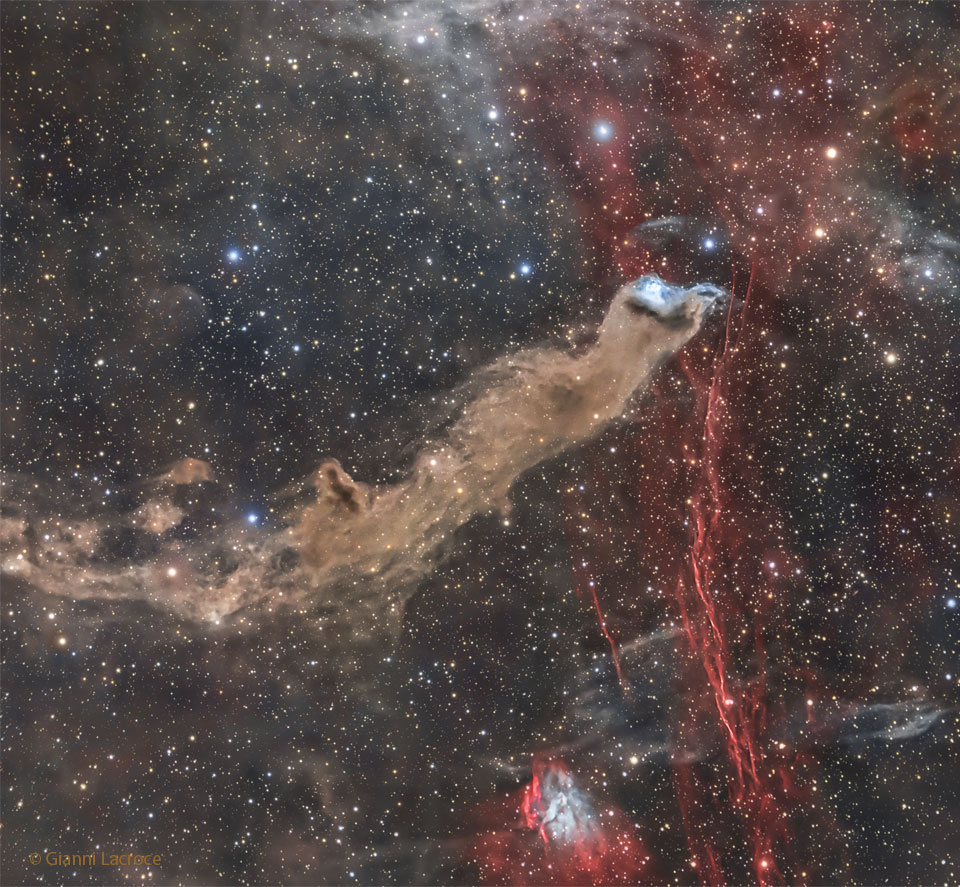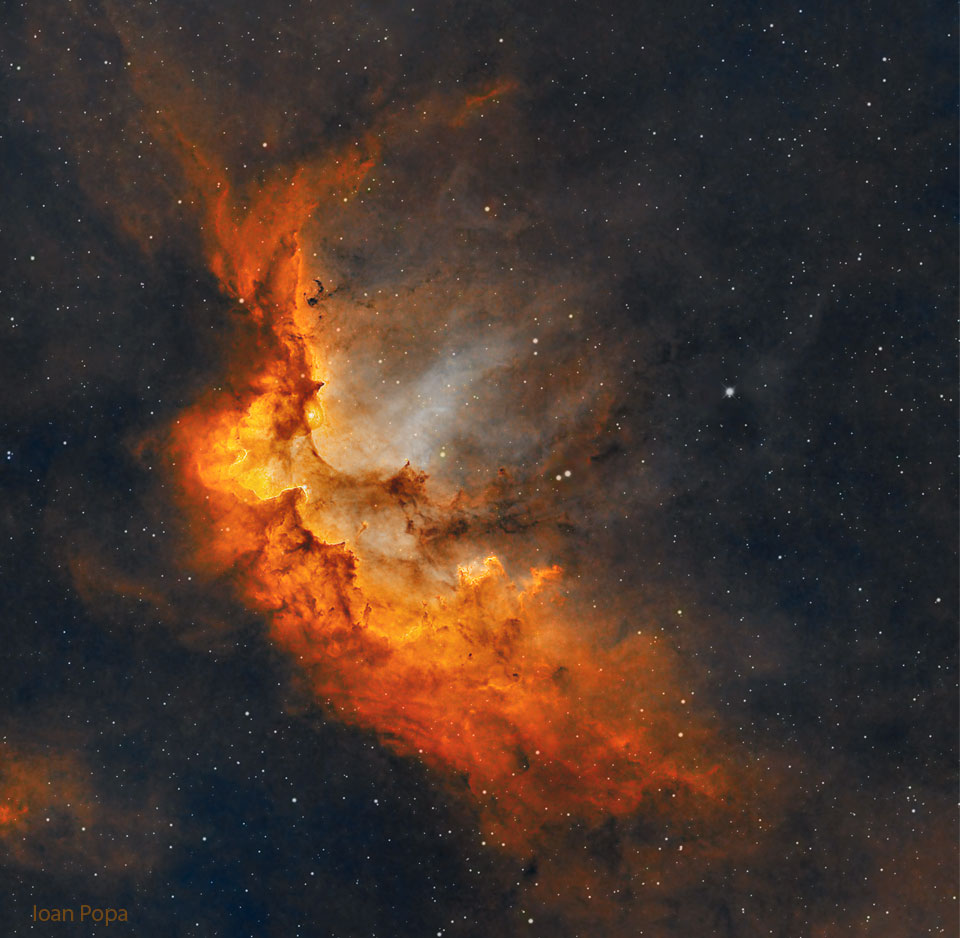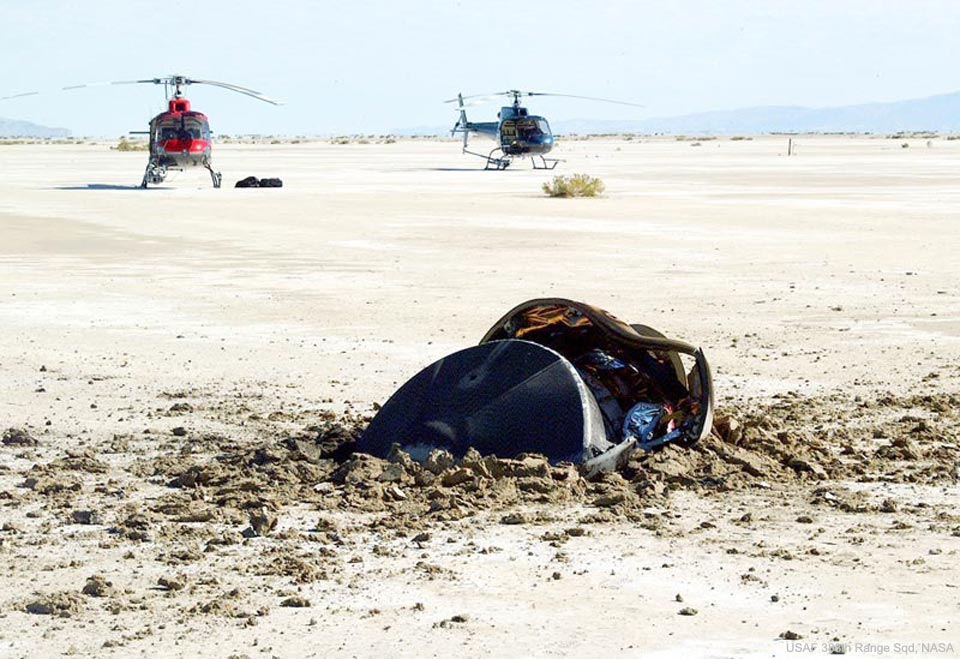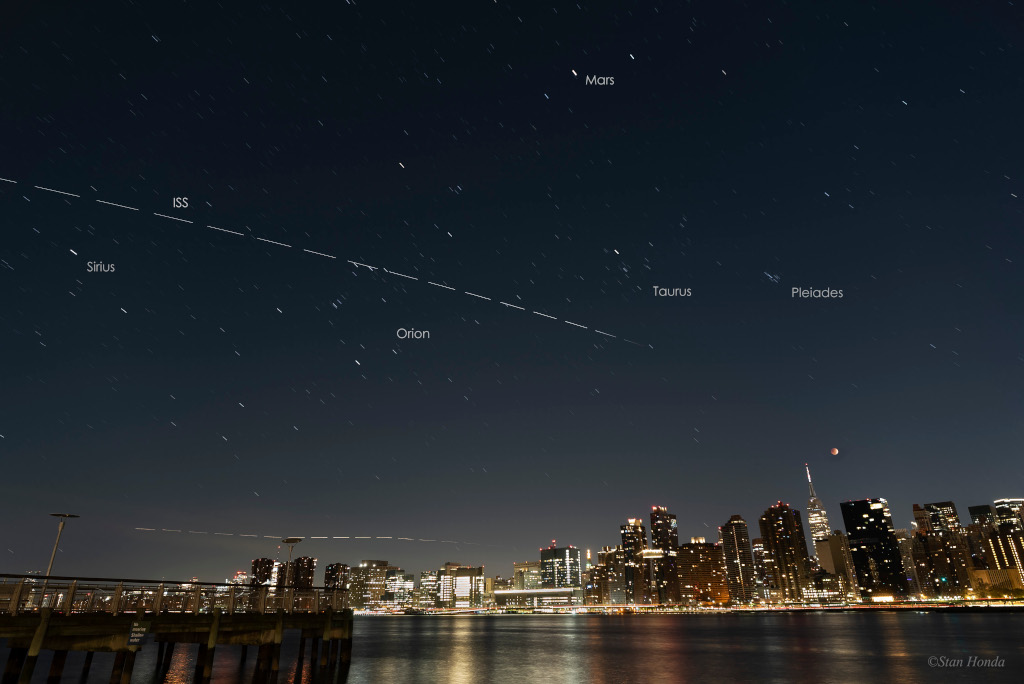안녕하세요, 잡학다식 입니다. 오늘은 과연 나사에서 어떤 방식으로 우주의 형상을 표현해 줄까요?
우선 이미지부터 볼 수 있도록 하겠습니다
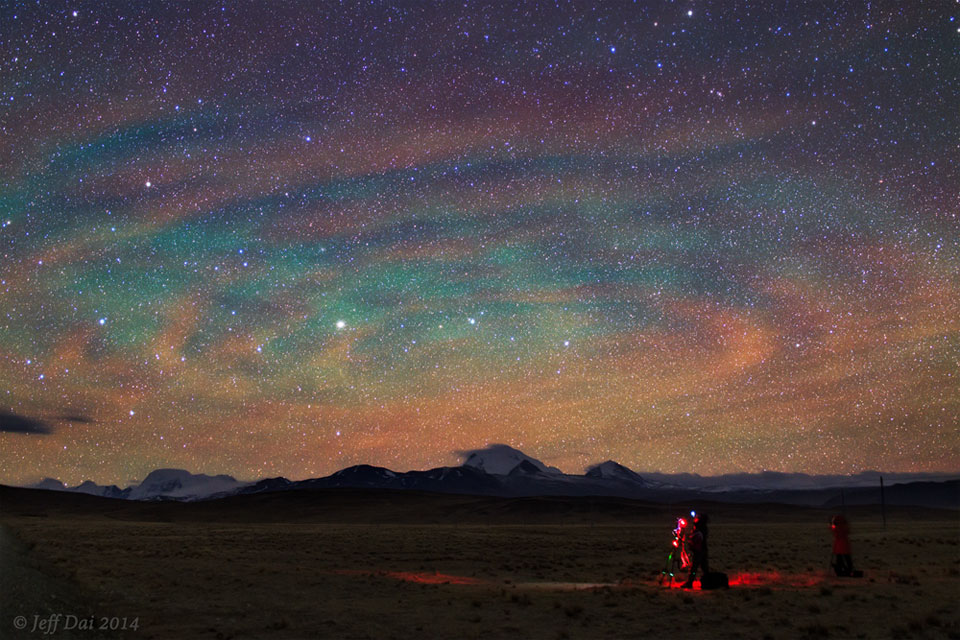
해당 사진의 이름은 Airglow Ripples over Tibet 인데요 우선 NASA에서 공식적으로 발표한 설명들을 확인해 보겠습니다
Why would the sky look like a giant target? Airglow. Following a giant thunderstorm over Bangladesh in late April, giant circular ripples of glowing air appeared over Tibet, China, as pictured here. The unusual pattern is created by atmospheric gravity waves, waves of alternating air pressure that can grow with height as the air thins, in this case about 90-kilometers up. Unlike auroras powered by collisions with energetic charged particles and seen at high latitudes, airglow is due to chemiluminescence, the production of light in a chemical reaction. More typically seen near the horizon, airglow keeps the night sky from ever being completely dark.
이번에도 광활한 우주 앞에 인간이 얼마나 작은 존재인지 다시 한번 알게 되는것 같습니다
저는 내일도 더 좋은 사진과 함께 돌아오겠습니다, 그럼 행목한 하루 되시길 바랍니다
'과학상식' 카테고리의 다른 글
| NASA 나사의 오늘의 이미지들 (2022-11-22) (0) | 2022.11.23 |
|---|---|
| NASA 나사의 오늘의 이미지들 (2022-11-21) (0) | 2022.11.22 |
| NASA 나사의 오늘의 이미지들 (2022-11-19) (0) | 2022.11.20 |
| NASA 나사의 오늘의 이미지들 (2022-11-18) (0) | 2022.11.19 |
| NASA 나사의 오늘의 이미지들 (2022-11-17) (0) | 2022.11.18 |
